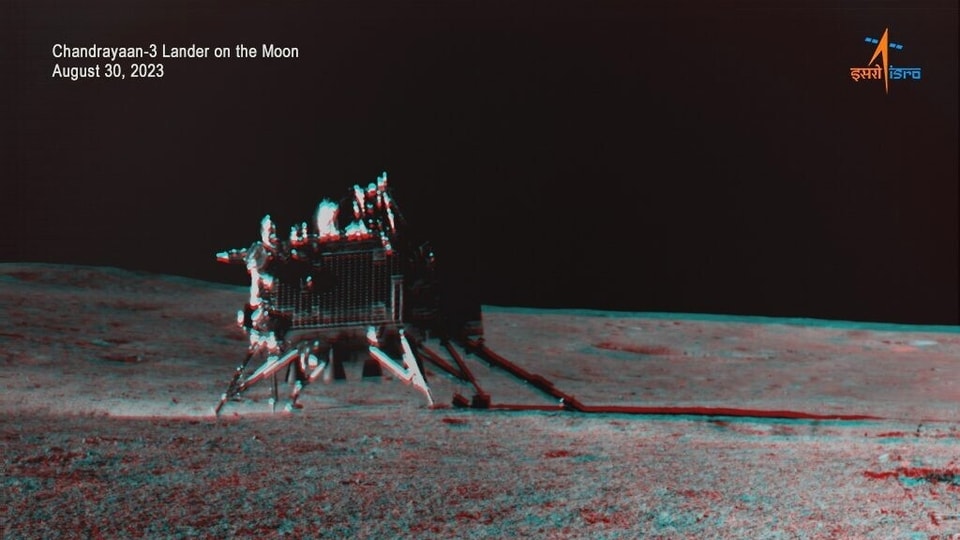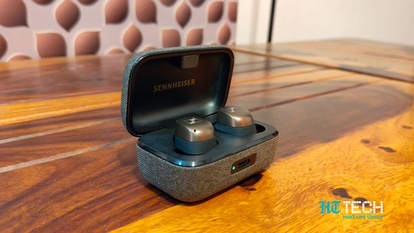Waking up Chandrayaan-3's Vikram and Pragyan: THIS is how it is like; know big problem
Former ISRO chief Madhavan Nair discusses the hopeful awakening of Chandrayaan-3 mission's Vikram lander and Pragyan rover after their lunar slumber.

Former ISRO chief, Madhavan Nair, expressed optimism about reviving Chandrayaan-3's Vikram lander and Pragyan rover after their two-week slumber on the moon even though, worryingly, they have failed to respond. Nair compared the process to thawing something from a deep freezer, emphasising that the lunar surface's extreme cold, plummeting to below -150 degrees Celsius, poses a significant challenge.
"Vikram Lander and Pragyan Rover have been in deep sleep for almost two weeks now. It is almost like taking out something from the freezer and then trying to use it. The temperatures would have gone beyond -150 degrees Celsius,” Nair told ANI.
Despite the daunting conditions, ISRO is preparing to awaken Vikram and Pragyan from their "sleep mode" after exposing them to the sun's rays, following the successful completion of their initial tasks. Vikram's historic landing near the moon's south pole on August 23 marked a pivotal moment for the mission.
Navigating Lunar Challenges
Nair further expressed concern about the survival of batteries, electronics, and mechanisms in the moon's harsh environment, where temperatures can reach -150 degrees Celsius. However, he reassured that extensive ground testing had been conducted to ensure their functionality. He noted, "But still, we have to keep our fingers crossed."
Nair explained that if the rover can be activated, it would provide valuable data on the moon's surface near the south pole. Pragyan, the rover, could cover some distance over the next 14 days.
Meanwhile, former ISRO scientist Tapan Mishra termed even the lander's revival as a potential miracle. The original design allowed for just 14 days of operation, and the moon's southern pole can experience temperatures as low as -200 degrees Celsius. Mishra remained hopeful, suggesting that ISRO likely implemented robust thermal management measures.
After their landing, Vikram and Pragyan spent approximately 14 days on the lunar surface, conducting various tasks such as detecting sulphur and other elements, recording temperatures, and monitoring lunar movements. In lunar terms, this is equivalent to two weeks on Earth.
Chandrayaan-3's primary objectives included achieving a safe and soft landing, rover exploration of the moon's surface, and conducting in-situ scientific experiments. In early September, Vikram and Pragyan were placed in "sleep mode."
The ISRO team faces the challenge of reviving and sustaining these lunar explorers in the moon's extreme conditions, with hopes of continuing their groundbreaking mission.
One more thing! HT Tech is now on WhatsApp Channels! Follow us by clicking the link so you never miss any update from the world of technology. Click here to join now!
Catch all the Latest Tech News, Mobile News, Laptop News, Gaming news, Wearables News , How To News, also keep up with us on Whatsapp channel,Twitter, Facebook, Google News, and Instagram. For our latest videos, subscribe to our YouTube channel.






































